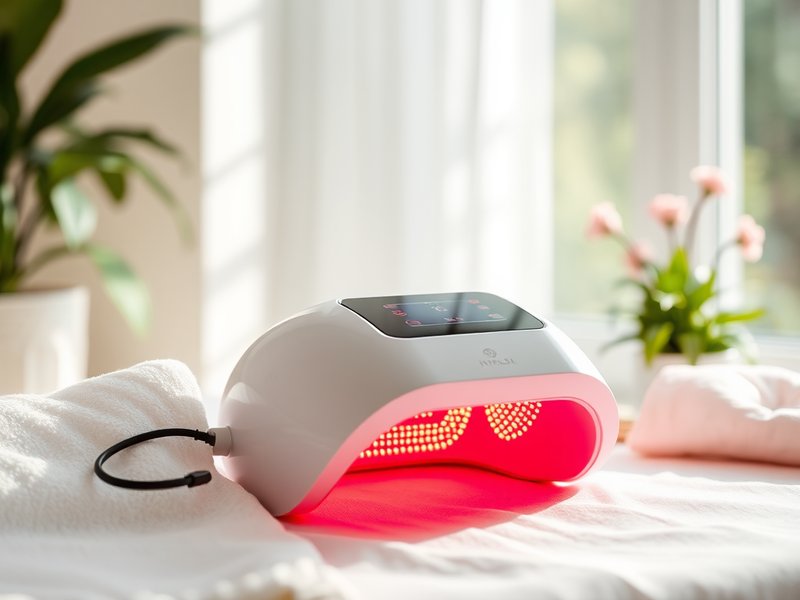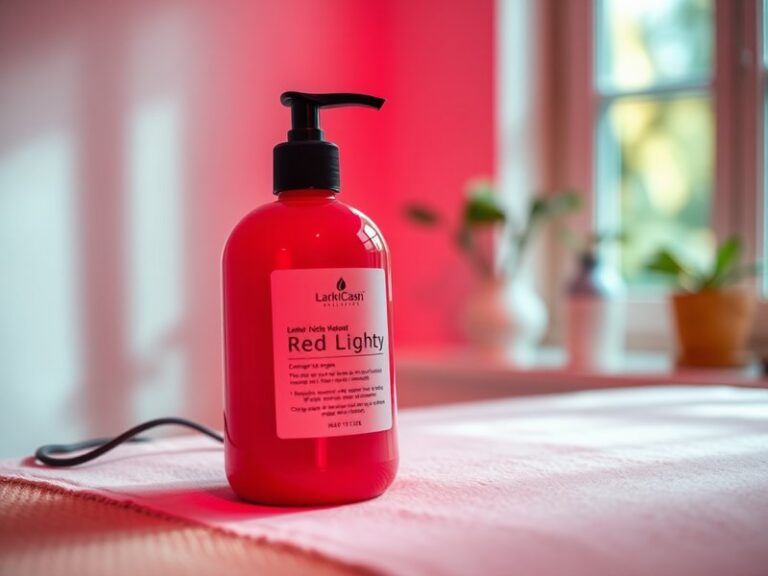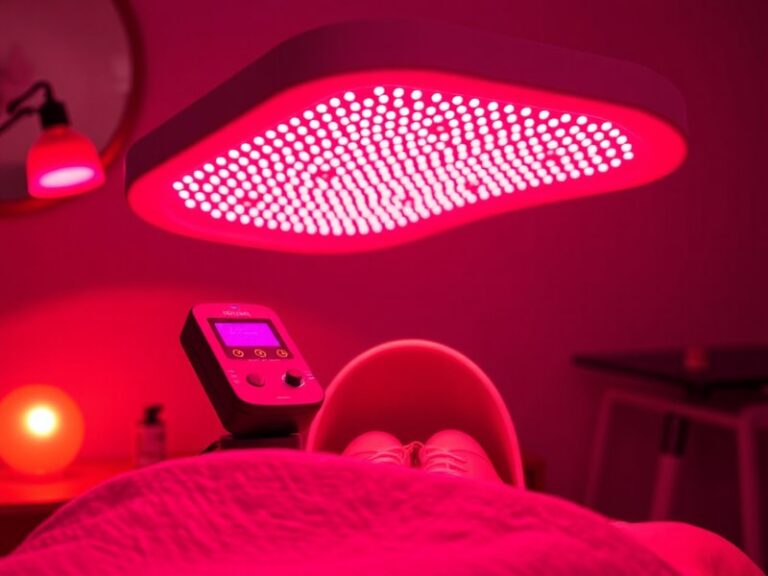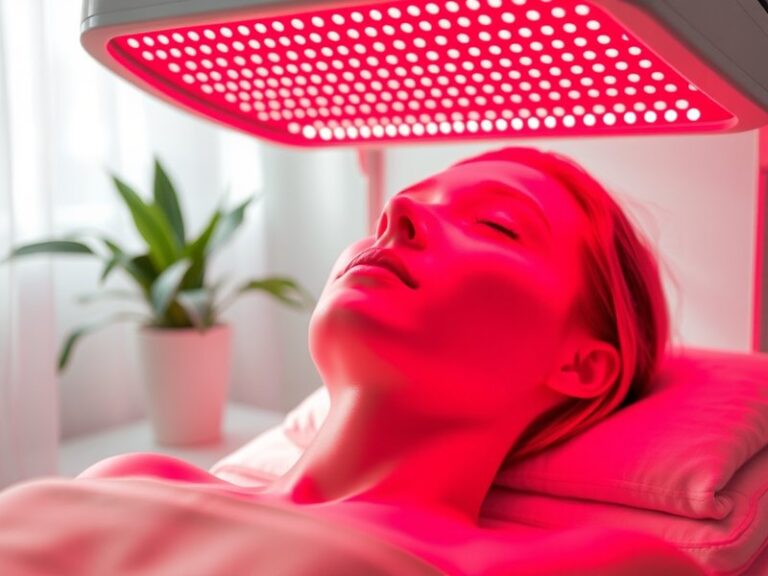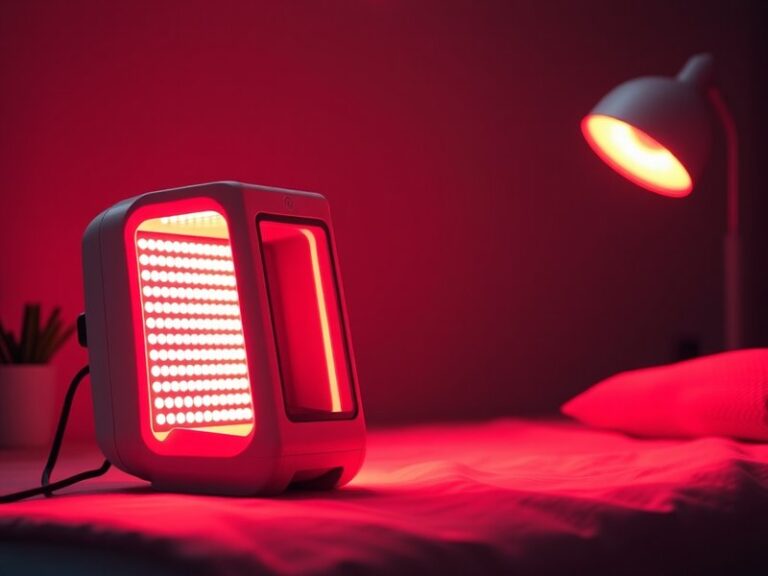Does Red Light Therapy Do Anything?
Does Red Light Therapy Do Anything?
Have you ever heard about red light therapy and wondered what it really entails?
Learn more with our post on Red Light Therapy Side Effects?
This article will delve into the science behind red light therapy, its potential benefits, things to consider before trying it, and some alternative options. Whether you’re considering it for skin rejuvenation, pain relief, or other health issues, we’ll help you understand the key points.
Key Takeaways
- Red light therapy uses specific wavelengths of light to promote cellular regeneration and healing.
- It may aid in reducing inflammation, improving skin health, and alleviating pain.
- Considerations such as treatment duration, potential risks, and individual health conditions are essential before starting therapy.
What is Red Light Therapy?
Red light therapy (RLT) is a treatment that uses low-level wavelengths of red or near-infrared light to address various health conditions. The technology is often employed in both clinical and home settings and is gaining popularity for its non-invasive nature.
This therapy works by penetrating the skin and stimulating cellular activities, leading to potential benefits such as enhanced tissue repair, reduced inflammation, and increased circulation. Red light therapy has been utilized in various fields, including dermatology, physical therapy, and even for improving athletic performance.
What are the Benefits of Red Light Therapy?
Red light therapy is becoming renowned for several advantages. Let’s explore the most notable benefits in detail.
Improved Skin Health
One of the most celebrated benefits of red light therapy is its ability to improve skin appearance. Studies have indicated that RLT can enhance collagen production, diminish wrinkles, and reduce the visibility of scars and blemishes. This makes it a sought-after treatment for individuals looking for anti-aging solutions.
Pain Relief and Inflammation Reduction
Red light therapy is also recognized for its ability to alleviate pain and reduce inflammation. It may assist individuals with chronic conditions such as arthritis or those recovering from injuries by speeding up the healing process. Many users report a decrease in pain levels following regular treatments.
Enhanced Muscle Recovery
Athletes often employ red light therapy to promote recovery after workouts. By boosting circulation and oxygen flow in the muscles, RLT may help reduce muscle soreness and improve performance. Studies have shown that athletes utilizing RLT experience quicker recovery times and less muscle fatigue.
Potential Mood Enhancement
Some research suggests that red light therapy may positively impact mood and cognitive function. The therapy may influence the production of serotonin and dopamine, neurotransmitters associated with mood regulation. This benefit can be particularly useful for individuals experiencing seasonal affective disorder (SAD).
Is it Possible to Use Red Light Therapy at Home?
Yes, it is possible to use red light therapy at home. Various devices are available for personal use, such as handheld devices, face masks, and larger panels.
Read the detailed post on How often can I do red light therapy on my face?
What are the Advantages of At-Home Use?
Convenience is one of the primary advantages of at-home red light therapy. Users can incorporate sessions into their daily routines without the need to schedule appointments. Additionally, home devices are more economical in the long run and offer privacy and comfort during treatment.
What are the Disadvantages of At-Home Use?
Despite the advantages, at-home red light therapy may come with some drawbacks. Home devices often have lower power output than professional equipment, which might result in slower visible results. Furthermore, users may lack professional guidance, leading to inefficient use or misunderstanding of treatment protocols.
What are the Things to Consider Before Trying Red Light Therapy?
If you’re thinking about trying red light therapy, several important considerations should be addressed.
Skin Type and Sensitivity
Before starting treatment, consider your skin type and sensitivity. Different skin types may respond uniquely to RLT. If you have sensitive skin or certain skin conditions, consult with a healthcare professional to determine the best approach.
Light Sensitivity and Medical Conditions
Individuals with light sensitivity or specific medical conditions should exercise caution. If you’re taking medications that can increase sensitivity to light, it’s vital to consult a doctor before using red light therapy.
Consistency of Treatment
Another key element is consistency. For optimal results, regular sessions are typically needed. It’s important to establish a treatment schedule that fits your lifestyle and commitment level.
What are the Alternatives to Red Light Therapy?
For those seeking alternatives, several options may offer similar benefits.
LED Light Therapy
Similar to red light therapy, LED light therapy utilizes various wavelengths for skin treatment, including blue and green lights. Each color targets specific skin concerns, making it versatile for various applications, such as acne treatment or pigmentation issues.
Photodynamic Therapy
Photodynamic therapy is a medical treatment that combines a photosensitizing agent with light exposure to treat certain skin conditions and cancer. It is more invasive than red light therapy but may provide effective results for more severe medical issues.
Topical Treatments
Topical treatments, including retinoids and antioxidants, can also help improve skin health and reduce inflammation. While they do not provide the same cellular stimulation as RLT, they are often more accessible and can be useful in a skincare routine.
Conclusion: Is it Recommended to Try Red Light Therapy?
In summary, red light therapy may offer a range of potential benefits, from improving skin health and muscle recovery to alleviating pain. While using red light therapy at home is possible and convenient, individual health factors should be considered. Overall, if you’re seeking a non-invasive treatment option and have the necessary guidance, red light therapy could be worth exploring.
Frequently Asked Questions
Is red light therapy safe?
Yes, red light therapy is generally considered safe when used correctly. However, individuals with certain sensitivities or medical conditions should consult with a healthcare provider before starting therapy.
How long does it take to see results?
Results can vary based on the individual and the condition being treated. Many users report visible improvements after a few weeks of consistent use, while some may require more extended sessions.
Can I use red light therapy every day?
Most practitioners recommend a regular schedule, often 3-5 times per week, for the best results. However, it’s essential to follow the specific device instructions or consult with a professional for personalized advice.
Are there any side effects?
Most users experience minimal side effects, such as slight redness or warmth in the treated area. However, overexposure may lead to more significant discomfort. If any adverse reactions occur, it’s best to discontinue use and consult a professional.
Can red light therapy help with any health conditions?
Red light therapy has been studied for various conditions, including skin issues, pain management, and muscle recovery. However, results may vary, and it’s advisable to consult a healthcare provider regarding specific health concerns.
